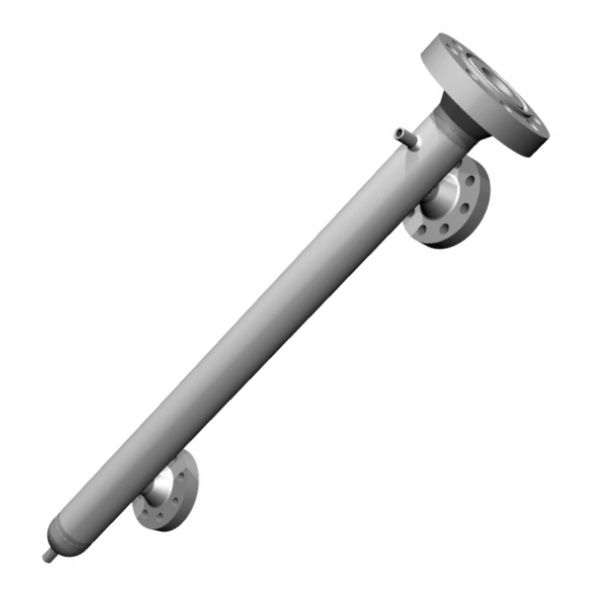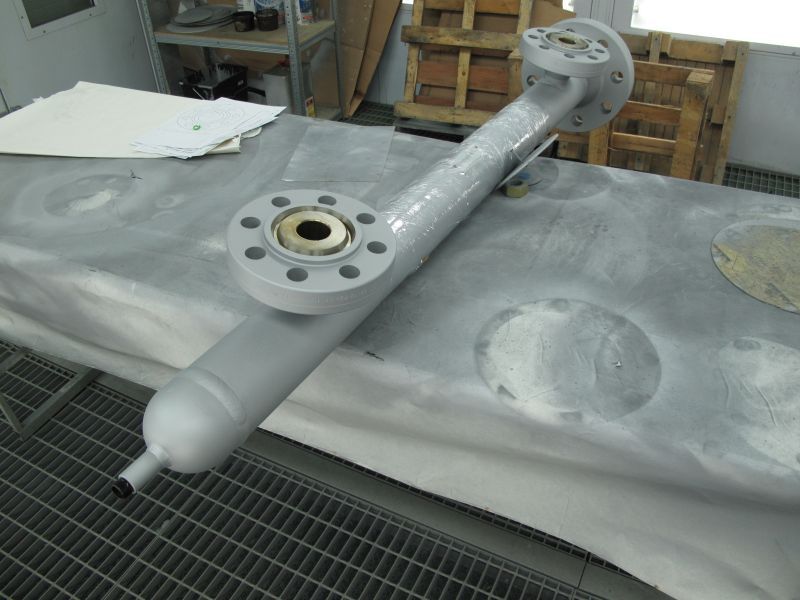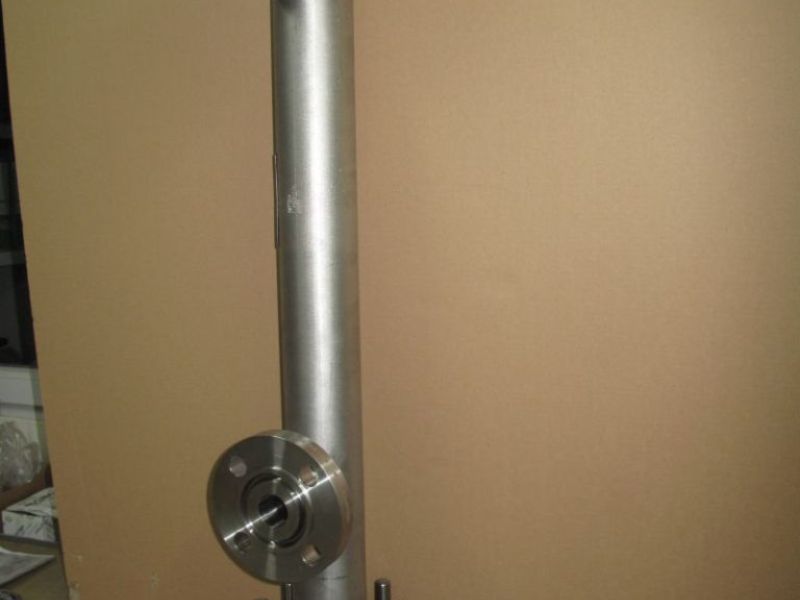Information on Personal Data Processing
MATTECH, s.r.o. with its headquarters at K Myslivně 2183/7, 708 00 Ostrava-Poruba, ID: 47973064, is responsible concerning the protection of personal data you submit to us. We would like to assure you that the personal data you provide us are processed lawfully, fairly and in a transparent manner in accordance with (EU) 2016/679 Regulation of the European Parliament and of the Council. You are entitled to request information about your recorded personal data, their updating or erasure if these were granted on basis of your consent. If an automated processing occurs, you have the right for data transfer to third parties and the right not to be the subject of a decision based solely on that decision. If you have any questions or requests concerning the processing of your personal data, you may contact us in writing at the company’s registered office, or by e-mail to This email address is being protected from spambots. You need JavaScript enabled to view it..
Security of your Personal Data
MATTECH, s.r.o. takes special care of securing the personal data you submit to us. We have taken appropriate technical and organizational measures to protect your data sufficiently with respect to the seriousness of its processing. Access to personal data that we have obtained from you is provided only to the authorized personnel and we do not pass it to any other entities for further processing without your prior consent unless required by law, or for the protection of our legal interests.
Right of Access to Information
You are entitled to ask MATTECH, s.r.o. for information, what personal data, to what extent and, for what purpose we are processing data about you. We shall provide you with this information free of charge within 30 days, in case of extraordinary situations within 90 days. We shall inform you about prolonging such period on time. If you request the information we register about you, we shall verify that you are the person to whom that information belongs. Therefore you should provide us with sufficient identification of your person. If necessary, we have the right to request additional information for your identification before we provide you with the personal data we are processing.
It is our right to reject requests for information that are unreasonable, unreasonably repeated, or requiring unreasonable effort, or that are difficult to obtain.
Right to Data Transmission
You have the right to obtain the personal data we are recording about you in a structured, commonly used and machine-readable format. Based on your request, these data may be transmitted to another administrator.
Updating your Data, Right to Modification
As personal data may change over the time (such as change of surname, address etc.), we shall be glad if you inform us about such change in your personal data to prevent any mistakes. Submission of such information is necessary for us so that we were able to perform our administration activities properly.
This is also related to your right to update personal information we keep about you. If you find out that our data is no longer up-to-date, you have the right for their updating.
Objections
If you believe that we do not process your personal data in accordance with applicable Czech and EU laws, you have the right to object and we shall consequently verify the legitimacy of your request. At the time of the objection, processing of your personal data shall be limited until it is verified that the objection is legitimate. We inform you that it is your right to address the relevant Personal Data Protection Supervisory Authority with such objection at the following address: Personal Data Protection Office, Pplk. Sochora 27, 170 00 Prague 7.
Right to Processing Limitation
You have the right to limit processing of your personal data if you believe that such records are not accurate or, that we are processing them unlawfully, and if you believe that we no longer need your personal data for further processing.
Erasure of Data – Right to Be Forgotten
If you have ever given us permission to process your personal data, you have the right to revoke it at any time, and we are required to erase such data solely on your consent. The right to erase your data does not apply to data processed under obligations from contract performance, to legitimate reasons or legitimate interests. If some of your data are stored in back-up systems that automatically provide the resilience of all our systems and performs data loss protection in case of accidents, it is not in powers to erase these data from back-up systems. These data are no longer actively processed and shall not be used for further processing.
Whom to Contact
With your questions related to personal data protection you can also contact: This email address is being protected from spambots. You need JavaScript enabled to view it. or our registered office: MATTECH, s.r.o., K Myslivně 2183/7, 708 00 Ostrava-Poruba.
Analysis and Statistics
We monitor and analyze websites using analytical services. None of the data we analyze through this service is your personal data. With this service we detect only website traffic. We use all information for marketing purposes, for the purpose of further improving our website and its content, as well as for legal protection purposes.
Transmission of Personal Data to Third Countries
The transmission of personal data to processors or other recipients in third countries or international organizations does not occur.
Processing of Personal Data
By disclosing your personal data to MATTECH, s.r.o., the company becomes the processor of your personal data. From the legal title of legitimate interest, we record e-mail and telephone contact, employer, name, surname, title, function, for the duration of the business relationship. We process these data to fulfill your employer’s legitimate interest and to communicate with you and your employer. We do not pass this information further.
Your Rights
You may object to such processing, as well as you may request updating the personal data you provide, ask for a statement of the personal data we keep about you, or ask for the erasure of personal data, if it is possible. If an automated processing occurs, you have the right to data transmission and not to be the subject of a decision based solely on that decision. If you have given us permission to process any of your personal information, we shall inform you that you may withdraw this consent at any time in the future, and it is the supplier’s responsibility to erase such information subsequently and not to process it further. Revocation of consent is without prejudice to the lawfulness of the processing, based on the consent given prior to its recall. Your right is to file a complaint to the Surveillance Authority (the Office for the Protection of Personal Data) against such processing. With your requests you can contact us at This email address is being protected from spambots. You need JavaScript enabled to view it. or at the headquarters of our company MATTECH, s.r.o., K Myslivně 2183/7, 708 00 Ostrava-Poruba.
The privacy policy is regularly reviewed and can be updated if necessary. The latest change to this privacy policy took place on May 24, 2018.






